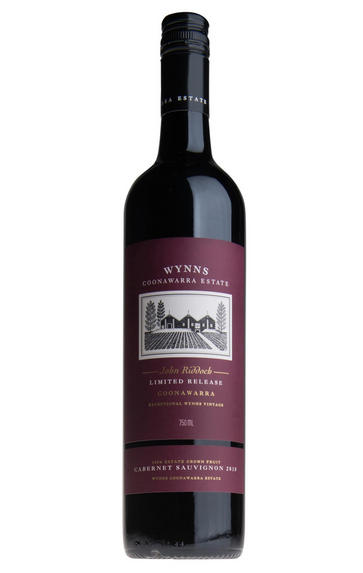
2016 Wynn's Coonawarra Estate, John Riddoch Cabernet Sauvignon, Coonawarra, Australia
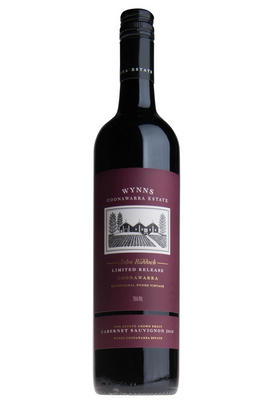
Critics reviews
Jancis Robinson, jancisrobinson.com (September 2019)
Jane Anson, Decanter (August 2020)
About this WINE
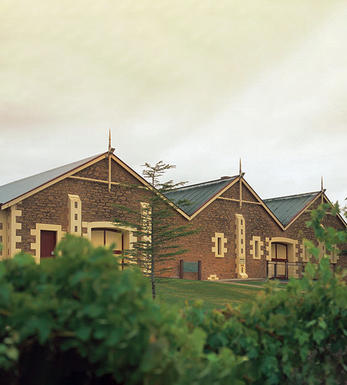
Wynns Coonawarra Estate
This famous wine estate Wynns was established by Scottish pioneer John Riddoch in 1891, who planted vines in the surrounding area, but its current identity dates from 1951 when it was purchased by Melbourne wine merchants Samuel and David Wynn, who re-named it Wynn’s Coonawarra Estate.
Coonawarra, which is an Aboriginal word meaning honeysuckle, is an outcrop of land 300 miles from both Adelaide and Melbourne. It is a unique viticultural area which owes its fame to the terra rossa (literally “red earth”) soil. This soil has proved itself to be ideally suited to the production of outstanding grapes for wine-making, particularly the Cabernet Sauvignon grape.
The climate here, at only 50 miles from the chilly Southern Ocean and the influence of the Antarctic winds, is marginal for vine-growing, as is the case for most of the great wines of the world, and the result is the production of wines of great complexity and intensity of flavour.
Today the wines are regarded as benchmarks for the district, lauded for their consistent quality and depth of flavour. Under Sue Hodder, who has been Senior Winemaker since 1998, Wynns Coonawarra Estate produces an annual collection of wines from superb value Riesling and Shiraz through to the flagships John Riddoch Cabernet Sauvignon and Michael Shiraz; the last two are made only in vintages when the grapes are deemed exceptional.
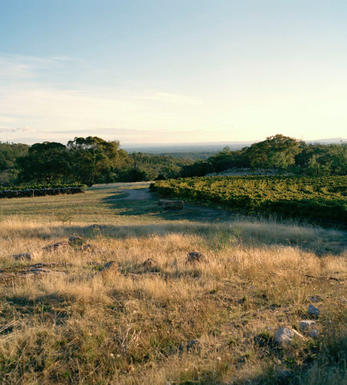
Coonawarra
Coonawarra is a famous wine region located on South Australia's Limestone Coast, an hour's drive (37 miles) east from the ocean. Populated by Scottish and Irish immigrants during the mid-19th century, it was John Riddoch's love of horticulture that led him to set up a fruit farm on the terra rossa soils of Katnook, later renamed as Coonawarra in 1897.
Although Riddoch managed to plant vines and make wine before his death in 1901, it wasn't until the 1950s that the Wynn family relaunched the Coonawarra name with the purchase of his winery. A trickle of corporate investment then followed (ie Mildara), before turning into a flood during the 1960s and 1970s. Now approximately 4,000 hectares, the controversial Coonawarra Geographical Indication zone encompasses prized terra rossa soils (free-draining red loam over limestone over an aquifer), as well as not-so-noble turf consisting of red, sandy, brown loam and poorly-drained black loam.A low-lying cool area with a Mediterranean climate, it has moderate, relative humidity (49 percent); at 59 metres, it has a similar altitude to the Médoc (47m), is drier and 10 percent cooler – probably due to the notable cloud-cover during the key months. Non-detail/hedge pruning shapes the vineyards, resulting in large canopies and relatively high-pH juice. Cabernet Sauvignon is king, blended with Merlot matured in American oak with the capacity to age for up to 10 years.
Recommended Producers: Wynns, Coonawarra, Bowen Estate
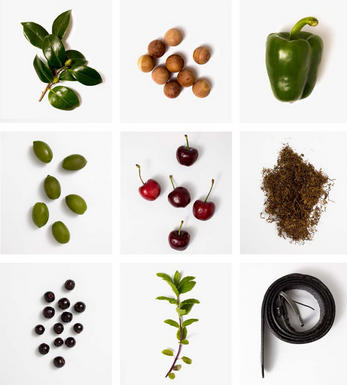
Cabernet Sauvignon
The most famous red wine grape in the world and one of the most widely planted.
It is adaptable to a wide range of soils, although it performs particularly well on well-drained, low-fertile soils. It has small, dusty, black-blue berries with thick skins that produce deeply coloured, full-bodied wines with notable tannins. Its spiritual home is the Médoc and Graves regions of Bordeaux where it thrives on the well-drained gravel-rich soils producing tannic wines with piercing blackcurrant fruits that develop complex cedarwood and cigar box nuances when fully mature.
The grape is widely planted in California where Cabernet Sauvignon based wines are distinguished by their rich mixture of cassis, mint, eucalyptus and vanilla oak. It is planted across Australia and with particular success in Coonawarra where it is suited to the famed Terra Rossa soil. In Italy barrique aged Cabernet Sauvignon is a key component in Super Tuscans such as Tignanello and Sassicaia, either on its own or as part of a blend with Sangiovese.


Buying options
Add to wishlist
Description
Very dark and glowing crimson. Intense and concentrated. Really fine ripe fruit almost disguises a massive amount of tannin. Very well made with a great future. The opposite of syrupy, with lovely fruit.
Jancis Robinson, jancisrobinson.com (September 2019)
wine at a glance
Delivery and quality guarantee